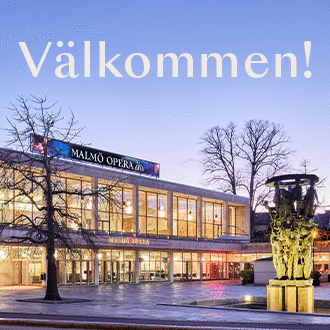Tomorrow is an exciting day for the Centre for Languages and Literature at Lund University: Cognitive Semiotics – a discipline with only two decades of history – gains its first doctor.
Cognitive semiotics studies meaning-making not only in language but also in other media such as gestures, music, dance or art, to name just a few. It emerged as a discipline over the past two decades in slightly different versions at different universities, Lund University being one of the first ones. The goal is to bridge the three contributing fields: semiotics (the science of meaning), linguistics (the science of language) and cognitive science (the science of mind).
In 2015, cognitive semiotics was attached to the multi-subject Master of Arts in Language and Linguistics. According to Professor Jordan Zlatev, director of the Division for Cognitive Semiotics, the unit quickly became one of the most popular specializations in this master’s program. For now, it has 14-15 graduates who have written theses on topics as diverse as metaphors for stress and anxiety in psychotherapy, iconicity in music or in children’s gestures, awareness in choice-making and kinesthetic empathy in dance perception.
Given that cognitive semiotics studies communication in a broad sense, graduates are equipped with skills for working in areas where language, pictures, gestures and other sign-systems combine. The specialization has alumni working with, for example, branding, advertising, and the design of computer games.
However, some, like Georgios Stampoulidis, choose to pursue an academic career.
Georgios Stampoulidis started his PhD studies in 2016 and is now the first one to defend his dissertation in Cognitive Semiotics in Lund. In his dissertation, Georgios Stampoulidis addressed issues of how we can understand street art in a specific context. He arrived at the insight that street art is heavily contextual, allowing for insights into socio-political changes of a given society:
“If you’re a tourist, street art can help you explore the urban space: You reflect on what could have made the artist put this piece here and you begin to understand the meanings communicated in the artwork”.
The fact that cognitive semiotics is a fresh discipline is both good and tricky in Georgios Stampoulidis’ opinion. The good thing is that the Division for Cognitive Semiotics doesn’t follow strict traditional rules and is open to incorporate different ideas. On the other hand, the division doesn’t have a strong identity, according to Georgios Stampoulidis. This means that the goals of the leaders of the division may not be common goals among the employees. Georgios Stampoulidis says that this can be quite hard for a PhD student. For instance, considering that people follow strict procedures at a traditional institute like Lund University, a PhD student, who is unfamiliar with those rules, can end up in between different people’s interests and responsibilities.
Apart from Georgios Stampoulidis, the divison for Cognitive Semiotics has two other active PhD students, a number that the division hopes to increase in the near future. Apart from the further development of their master’s and doctoral programs, the divison intends to extend their courses to a complete bachelor’s program.
Extending the courses would allow the Division for Cognitive Semiotics to have more permanent staff, and not depend on external funding. At the same time, the division is working on multiple projects with focus on communication – for example sand drawings and the role of pantomime in language evolution – to help strengthen the identity of the division and the discipline as a whole.
The article has been updated.











